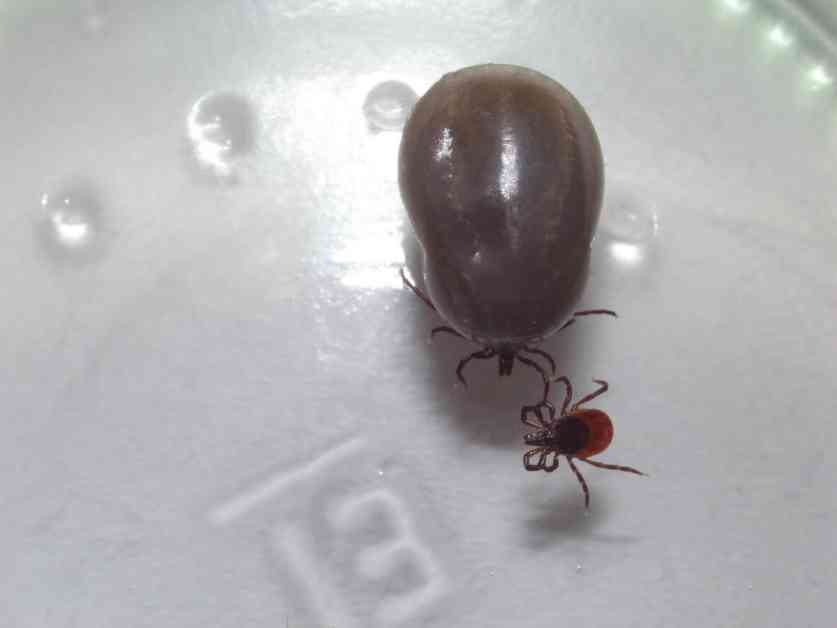The presence of the Hyalomma marginatum tick in forests is worrying hikers. As summer approaches, this tick could complicate the holidays of many French people. It has a unique feature, its size. It is eight times larger than a more common species. Public Health France warns of the arrival of this tick in France. This species has been spotted in 11 departments in the south of France: Hérault, Gard, Aude, Pyrénées-Orientales, Bouches-du-Rhône, Var, Alpes Maritimes, Ardèche, Drôme, Southern Corsica, and Upper Corsica. It can transmit the Crimean-Congo hemorrhagic fever virus. No cases have been diagnosed in humans to date according to the health agency. However, the risk of contamination has been demonstrated by the health agency. The virus has been detected in ticks of this species on cattle for the first time in the territory in October 2023. The microorganism would therefore be able to be transmitted to humans through a bite. «If you suddenly develop a fever, chills, digestive disorders, and, in rare cases, severe forms with uncontrollable bleeding, see a doctor.» As the summer season approaches, the General Directorate of Health, Anses, and Public Health France remind the public of the prevention measures to be taken to avoid catching this disease, according to the health agency. The protective measures against this tick are the same as for a tick of another species. Found in wet areas, in tall grass, the health agency advises to walk on trails. The main way to protect oneself from tick bites is to adopt individual protection measures. «Wear clothing that covers your legs and arms, preferably light-colored to better see the tick, closed-toe shoes, regularly inspect your body, have a tick remover or fine tweezers to quickly remove the tick in case of a bite,» the health agency says. The way to remove a giant tick is the same as for other ticks. It should be turned clockwise until it comes out completely. After removing it, it is important to disinfect the bite site. If within 14 days after the bite, you suddenly develop a fever, chills, digestive disorders, and, in rare cases, severe forms with uncontrollable bleeding, see a doctor indicating that you have been bitten by a tick and showing them the photo.
How to Remove Giant Ticks: Step-by-Step Guide
304




















